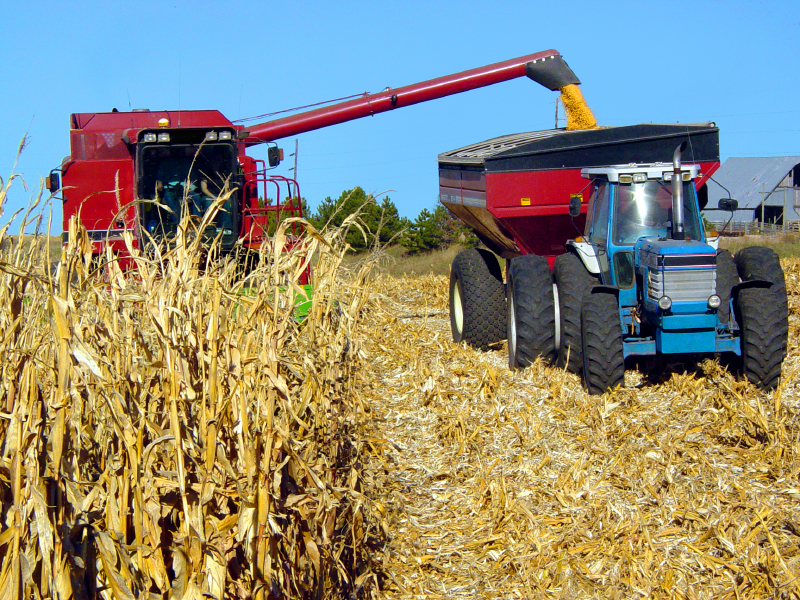
Farm Bill Hurdles
Beyond overcoming political differences, every part of the farm bill comes with a price tag “There’s little additional money to spend on the farm bill,” says Jim Wiesemeyer, Washington policy analyst for Pro Farmer and Farm Journal. “That’s why everyone is saying the farm bill will be evolutionary rather than revolutionary.”
Wiesemeyer and Pat Westhoff, director of the Food and Agricultural Policy Research Institute at the University of Missouri, share the following political obstacles:
1. SNAP: The Supplemental Nutrition Assistance Program (SNAP) is the biggest challenge to getting a farm bill done in 2018. That’s because both parties and the president must agree on a solution. Proposals include creating stricter work and eligibility requirements. “But the Democrats on the committee say that’s not acceptable,” Westhoff says.
2. Dairy: Few producers liked the 2014 Dairy Margin Protection Program, Westhoff says. The Bipartisan Budget Act keeps the program but reduces premiums for small producers and removes a cap on a livestock insurance program.
3. CRP: There’s talk of boosting the Conservation Reserve Program (CRP) cap from 24 million acres to 29 million acres. “To offset that cost, they would offer lower rental payments for maturing and new contracts,” Wiesemeyer says.
4. ARC and PLC: The Agriculture Risk Coverage (ARC) and Price Loss Coverage (PLC) programs need changes, Wiesemeyer says. “For PLC, there will be an opportunity for higher reference prices, and for ARC, information will now come from the Risk Management Agency rather than NASS [National Agricultural Statistics Service],” he says. “But substantial changes would cost too much money.”
5. Niche Programs: The beginning farmer and farmers market promotion programs, for example, have strong support but no baseline after fiscal year 2018. “But extending all of these programs would cost $3 billion,” Westhoff says.
6. Crop Insurance: Wiesemeyer says the specific crop insurance language is not necessarily a challenge—it’s the amendments that follow. “They are typically voted down, but I still see it as a hurdle,” he says.



